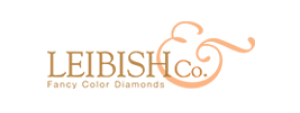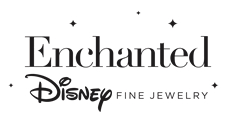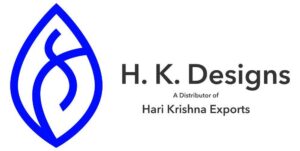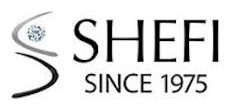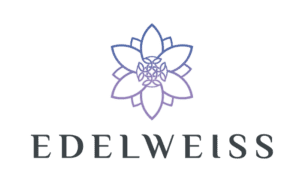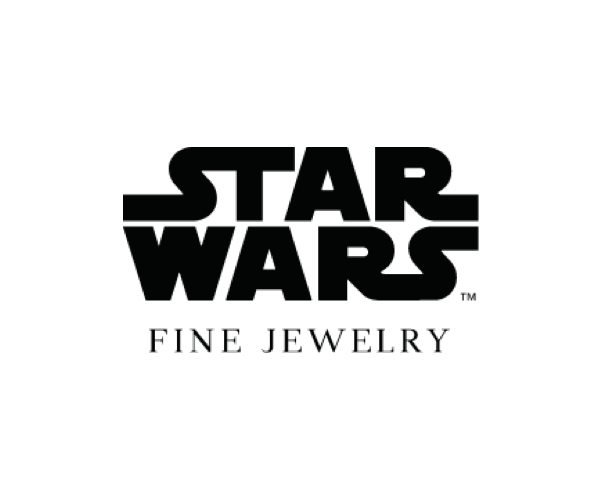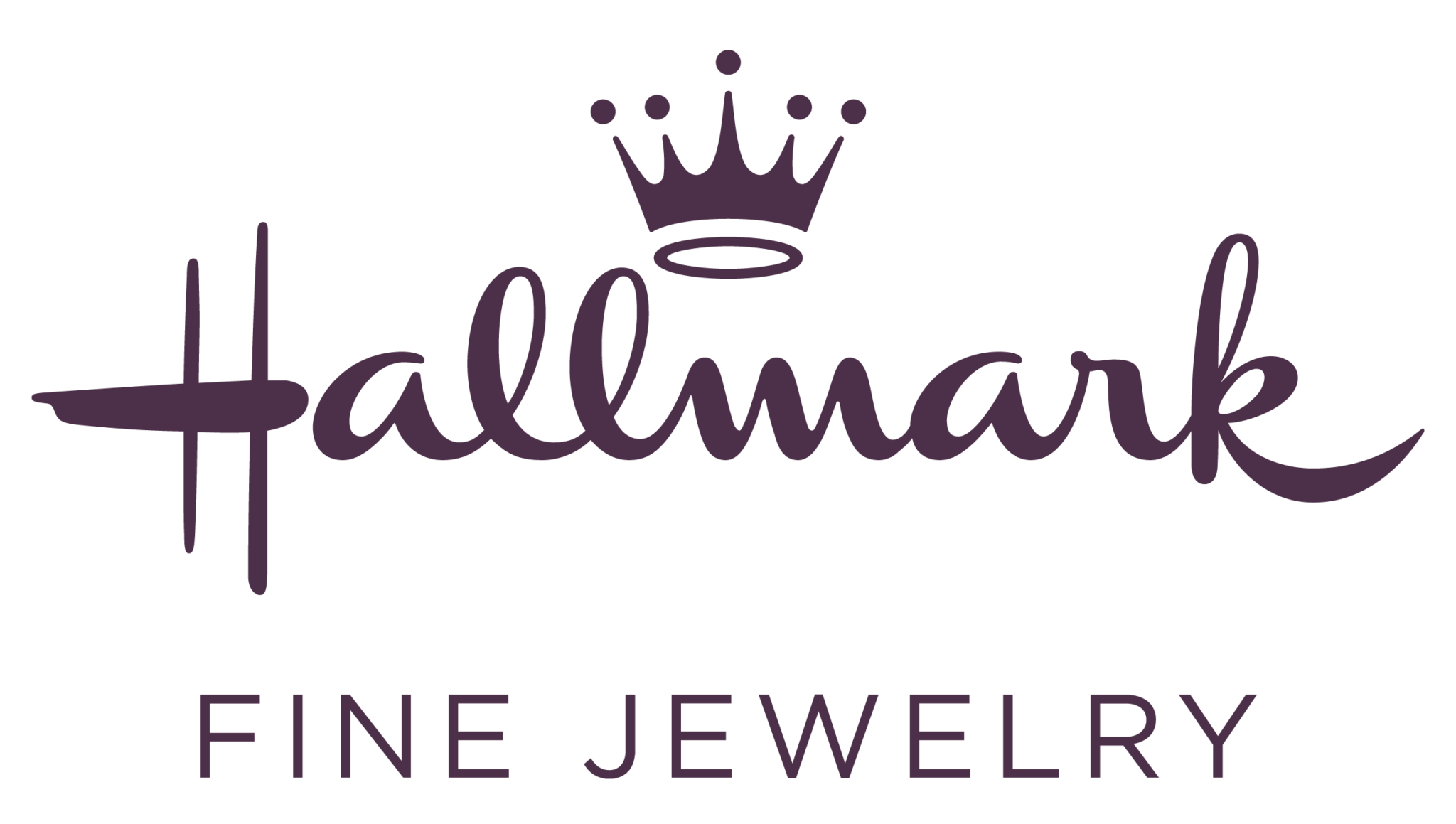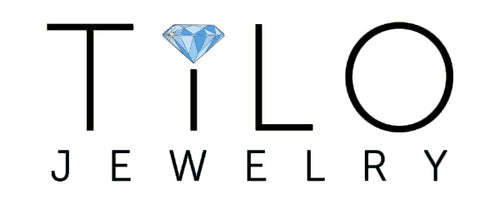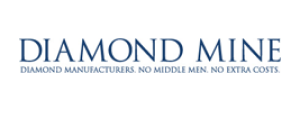Search Engine Optimization (SEO) for Your Online Jewelry Store
The jewelry industry has been a competitive one for decades. As the jewelry eCommerce strengthens, the fight to get noticed has intensified. To stand out among the competition, one has to not only differentiate themselves within their product line, quality, or niche but also find strategic ways to attract new clients to their online store.
The most common method of increasing traffic to your online jewelry store is SEO or search engine optimization. Search engines like Google, Yahoo, or Bing utilize algorithms to rank websites on their search results pages (aka SERPs). Such algorithms look for specific criteria when ranking and listing a website. To get noticed by a search engine, one should cater to these factors to improve their chances of ranking higher over their competitors.
What are some of the best ways a jewelry store can improve its SEO? Here are three main aspects that jewelry store owners should consider for that.
1. Technical
Imagine entering a brick-and-mortar store and finding all the products displayed in an unorganized manner with no labels and no indication of where to begin looking. It would be quite difficult for a customer to not only find what they’re searching for but also to spend any time in that store.
The jewelry website is no different than a physical store in that regard. Its main purpose is to facilitate purchases. Therefore, ease of navigation, clarity, and design must work together to achieve that goal.
Website Structure
One of the most important technical optimizations of a website is its structure. Each page should be about the same length and have the same number of subpages. They should be easily linked to each other internally, with proper breadcrumbs for the user to follow his/her navigation path.
No broken links and the ability to jump vertically and horizontally across the different pages are also essential. This is not only easier for the customer to navigate, thus increasing their time on the website, but it is also helpful for the search engine when crawling and indexing the site.
Jewelry eCommerce sites, in particular, with thousands of product pages, need this structure to rank higher on SERPs. Free tools to help with this include site audits, like the one from Semrush, and a visual site mapper. Additionally, having an XML site map to send over to the search engine, as well as a secure URL (https) can assist with the crawling and indexing, as well.
Viewing options
Given that by 2024 mobile commerce is expected to reach 42.9% of all eCommerce, it is important for online jewelry stores to be optimized for all devices, particularly mobile phones.
Many stores have even decided to create their own apps, which are, generally, a more condensed version of their websites, with easier navigation and quicker payment processing. Apps offer the additional benefits of saving contact information, billing information, and order details.
Loading speed
The last technical aspect is the webpage speed. The longer it takes a customer to get to the products or pages they’re looking for, the less likely they are to make a purchase.
One important factor that influences page speed is pictures. We have addressed this topic in more depth in a previous article. Images are extremely important in the jewelry industry, and particularly the jewelry eCommerce, as they offer details that customers cannot see in person. With jewelry products frequently being emotional purchases, many customers require visual information before committing to buying.
In fact, on average, for high-ticket items, most clients will have an average of eight or more questions prior to making a purchase. So, offering good visuals, an FAQ page, and a way to contact customer service makes for a successful online jewelry store.
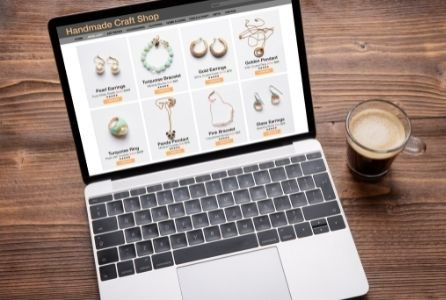
Overall, the content posted on a website has to be:
- relevant,
- on topic,
- organized,
- without duplicate sentences or paragraphs.
In fact, content duplication is a much underestimated but important point when it comes to SEO. So much so that we recommend differentiating the product title you use on the product category page from the one on the product listing page, as well as from the page’s meta description (which gets listed in SERPs) and any other place on the website, the product may show up in.
Product titles and descriptions
The product title on the categories page should be shorter since dozens or hundreds of items may be listed there. On the other hand, on its own listing page, the product title can be longer but readable with as many keywords as one can squeeze in there. In the meta description, the content can slightly compromise readability (e.g. skipping conjunctions and unnecessary words) for additional keywords since the amount of content the search engine looks at is much more limited.
Your content should also proactively address all customer concerns, including product information, logistics, and policies like privacy or returns. At a minimum, a website should include a homepage, a product page, and a contact page, all of which need to be updated on a regular basis.
However, in order to improve your chances of ranking higher in SERPs, it is recommended to add a blog page. This not only provides additional information about your product or your niche, but it also gives the search engine more opportunities to find new keywords. Keywords are words or expressions that prospects type in a search engine bar when looking to purchase similar products to yours. Short-form keywords are one word only, whereas long-form keywords can be a full sentence.
Jewelry Meta data
In order to get ranked on a SERP, each site is required to have a meta title and a meta description. These represent information that the search engine will show to the users who have initiated the search. Keywords are most often found in these two sections, as well as in headings, subheadings, and site buttons. Most search engines are advanced enough to distinguish between using keywords as a logical part of a website’s content and engaging in keyword stuffing, which is simply adding keywords without much logic or meaning behind them. This is a surefire way to hurt your SEO ranking. So it is definitely not recommended.
It can be challenging to know which keywords are best to use on a website. Short-form ones are more popular and often used in the context of multiple similar sites. They are, therefore, harder to rank. Long-form ones, on the other hand, have a lower search volume, but a higher likelihood of helping your website rank higher. We recommend striking a balance between these two types of keywords within your content. It is also important to include local and regional ones, especially if you are targeting particular geolocation.
We also recommend doing A/B testing with your keywords to determine which ones deliver the best results. This simply means you segment your products into different groups, each with a different combination of keywords. Obviously, such work can’t be done manually, therefor proper jewelry software should be implemented. Using an analytics tool, most often included in your Product Information Management (PIM) software, you can review traffic and sales to see which content strategy worked best.
Multiple ways exist when looking for keywords. They include:
- Google search bar (as you start typing)
- Specialized tools like Ahrefs and Semrush
- Google Trends
- Google’s Keyword Planner
- competitor websites
- trending social media hashtags
Jewelry Uniqueness Identifyers
Some good examples of keywords include:
- type of jewelry (ring, bracelet, earring, etc.)
- material (gold, silver, diamond, pearl, etc.)
- karats
- cut/style/shape, and other descriptors, as well as
- qualifiers like “best”, “most”, “cheap”, “fashion/fine”, “urban/modern”
Qualifiers can also be occasion-driven, such as “wedding”, “anniversary”, “graduation,” or target market-focused like “for mothers”, “for men”, “for Millennials,” etc. You must also think about your customers when adding these in. For example, they would search for an online jewelry store vs an online jewelry business.
The most successful jewelry sellers whos main focus is sell jewelry online include at least 8 (eight!) qualifiers per product listing to
Other places that are fairly useful to include keywords in are alt tags. These are descriptors used for images when uploading them on the back end of the site. They only show up when the image cannot properly upload on the front end. Search engines also crawl these tags and use them to rank the site.
Finally, naming pages using keywords can also be helpful, not only for ease of navigation but also for URLs.
3.References
While social proof, such as reviews and testimonials, can add credibility to a jewelry ecommerce project and a brand overall, direct links to the site are even more helpful in increasing traffic. And you have a number of ways to obtain these. One of the more popular ones is advertisements. These could be from affiliates or paid advertisements on a social media platform, a SERP, another website, or even a marketplace like Amazon or eBay.
Multiple payment structures exist for such advertisements. Affiliate partners can get paid for advertising your site by the commission, or you may decide to pay per click on each ad that gets clicked on an external site. A free alternative to paid advertisements is backlinks.
These are usually possible for partnerships and collaborations with other industry players or complimentary service providers. Google also has its own listing site, called GoogleMyBusiness, where you can list your jewelry store. It helps to be easily found by potential buyers, especially if you also own a physical store. On there, you can provide contact information, hours of operation, as well as a pin on Google Maps.
Finally, your store can be listed in an online catalog related to the jewelry industry, or on review websites for similar stores or sites.
SEO continues to be one of the most important methods of attracting new clients and increasing brand awareness. It is also an important tool in screening and qualifying website visitors. As such, you should pay close attention to your search engine optimization when adjusting your content, settling tech issues, and networking within the jewelry industry.




